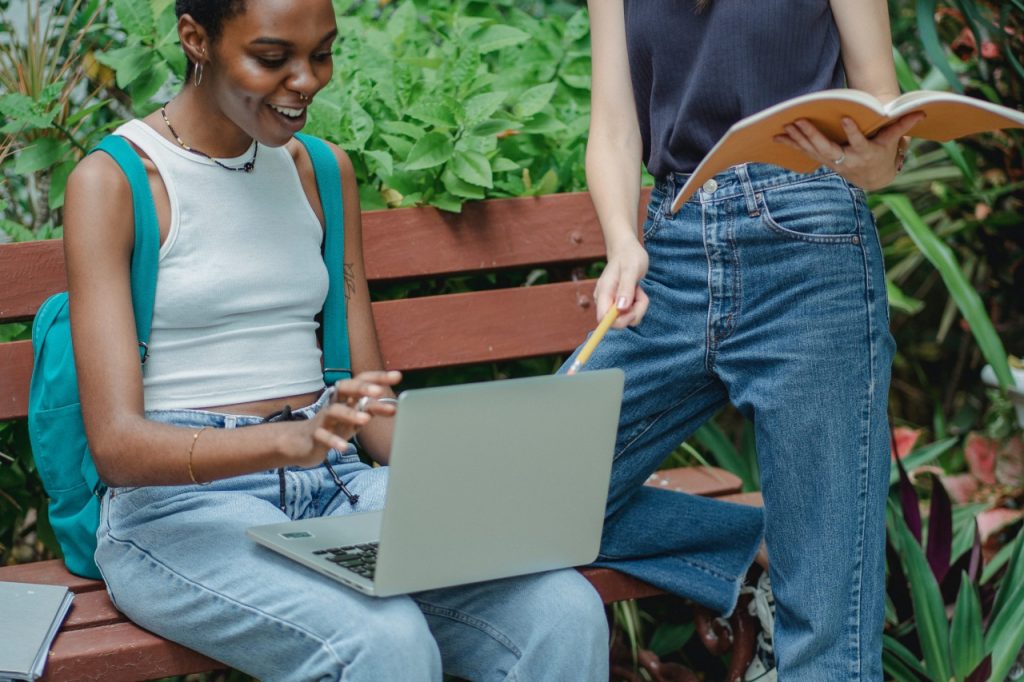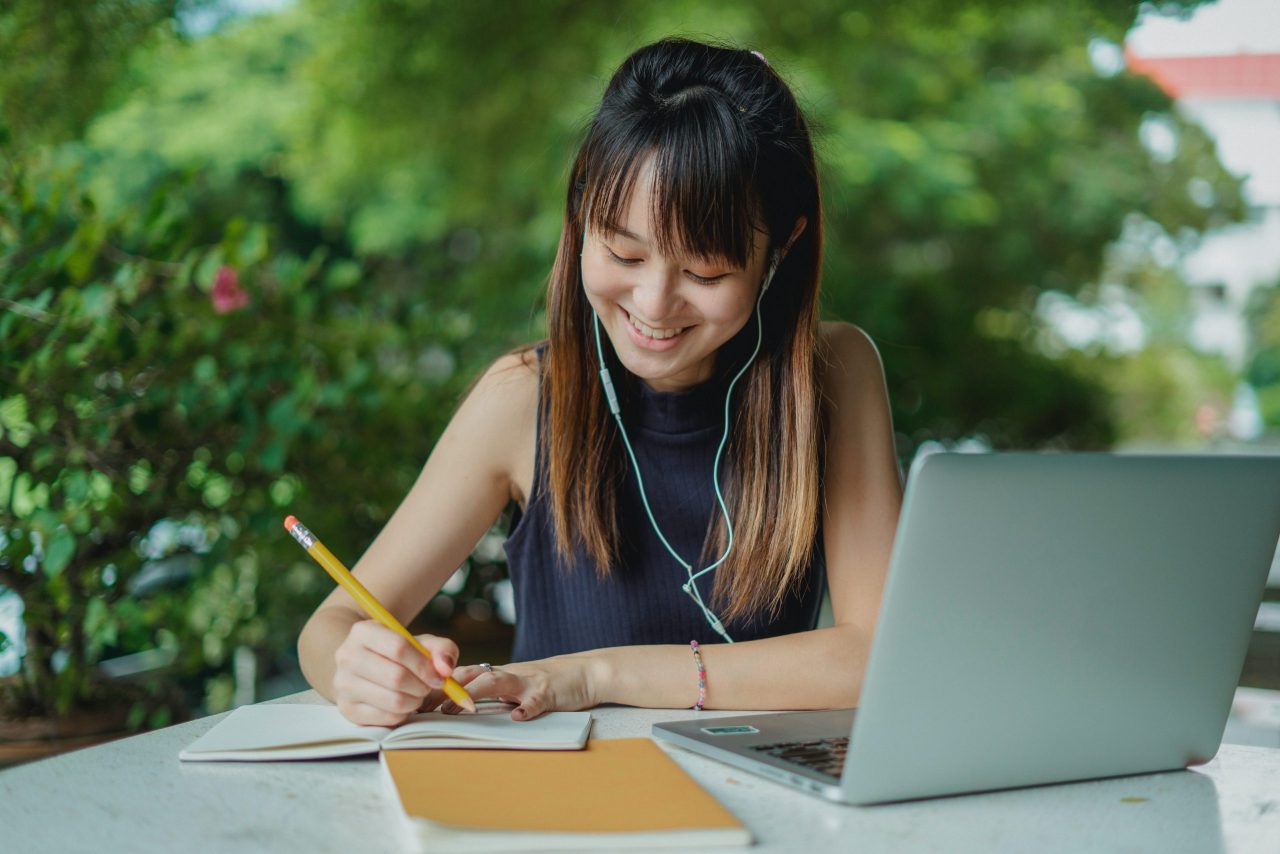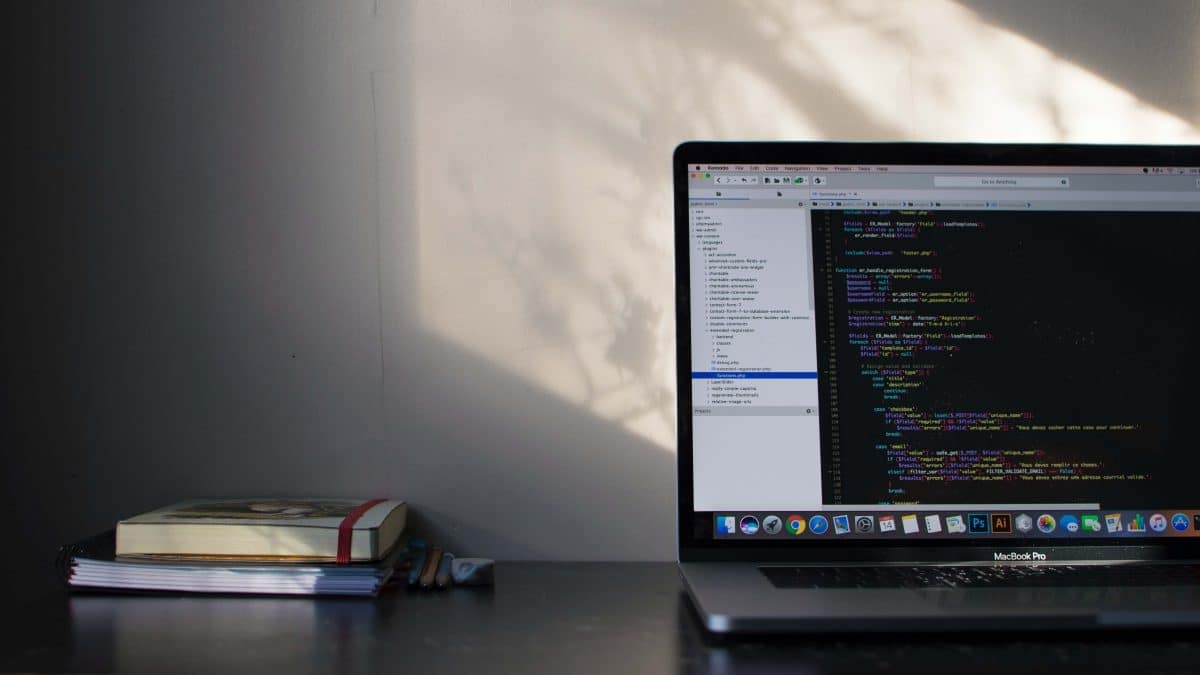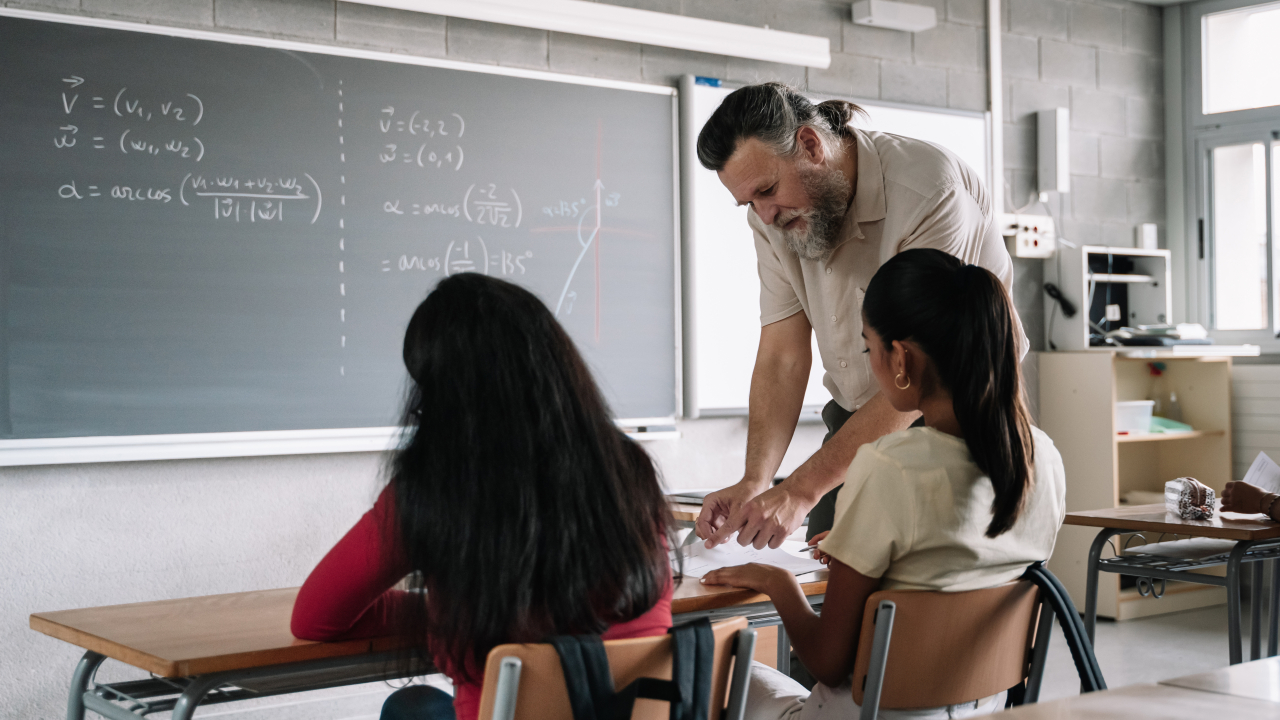Have you ever had to sit next to someone during a lecture, and they were constantly doodling? What if we told you that certain people learn more effectively that way? If visual learners prefer visual imagery, these students learn best through movement, also known as the kinesthetic learning style. A kinesthetic learning approach necessitates manipulating or touching the subject to better comprehend it.
If you are wondering what kinesthetic learning is and how kinesthetic students learn, this article is for you. Continue reading to find out more about kinesthetic learning characteristics and the benefits of this learning style.
What Is Kinesthetic Learning?
Kinesthetic learning style is part of the VARK model, which also includes three other learning styles: visual, auditory, and read and write. The kinesthetic style links the learning process to physical activity. The body movements that help kinesthetic learners process information include pacing back and forth, drawing flowcharts, and underlining notes while tapping their legs. Hence, kinesthetic learning is also referred to as ‘tactile,’ ‘hands-on,’ or ‘physical’ learning.
Kinesthetic learning is the necessity for movement and real-world instances of situations when learning new information. The fundamental tenet of kinesthetic learning is that students learn most effectively when actively engaged in activities or watching simulations, presentations, and videos. Kinesthetic learners often have a strong motor memory and the capacity to react quickly, making them well-suited for activities like role plays, field trips, projects, and contests.
To determine whether or not someone is a kinesthetic learner, there are a few characteristics to look for. Let’s get right into them.
Characteristics of Kinesthetic Learners

Kinesthetic learners require active participation in their learning. They are “tactile” learners who use physical activity, testing, trial and error, and a non-traditional learning setting to acquire and recall information.
The most satisfactory learning results may be anticipated when students exercise while learning. They will develop an interest in building sets at a young age and frequently disassemble objects to discover more about them. A student is most likely kinesthetic learner if they prefer to hold and touch something they are interested in rather than simply gaze at it.
You may have some of the following characteristics if you are a kinesthetic learner:
- Excellent coordination between the hands and the eyes
- High levels of energy
- Rapid response time
- Adept at putting things together, such as furniture or models
- Great at conducting experiments
- Excellent muscle memory; can repeat an action after performing it once
- Become restless and look for activities to engage in if forced to sit still for a long time
- Gesture while talking
- Exercise to focus
- Like trying new things and enjoys manipulating things
- Like watching adventure or action films
Benefits of Kinesthetic Learning

The kinesthetic learning style has many beneficial elements frequently seen in active learning. Some of the many benefits of this learning style include developing various skills, gaining knowledge, and improving critical thinking.
Increased comprehension through movement
For students who prefer a kinesthetic learning style, teacher-centered lectures prevent them from physically engaging with the subject and consequently disrupt comprehension. As a result, they only achieve basic levels of understanding.
On the contrary, as they put the skills into practice, kinesthetic learners can immediately feel the results of their learning. Therefore, it is essential and very beneficial to include kinesthetic strategies and procedures to enhance the cognitive growth of such students. Some activities many professors like to use when working with kinesthetic learners are role-play, hands-on experiments, designing graphics, and creating artwork to represent subject concepts.
Stronger creative thinking skills
Creativity and kinesthetic learning are intimately related. To get the most out of any learning activity, you typically need to use your creative thinking while engaging in it. Additionally, when learning in a kinesthetic way, students frequently explore their creativity by approaching the material from several angles, resulting in more creative thinking overall.
The emphasis on creativity is crucial since many difficulties may call for previously unimagined or unexplored solutions. Individuals that possess this skill are highly valued, and companies always aspire to have them among their ranks.
Interested in pursuing a degree?
Fill out the form and get all admission information you need regarding your chosen program.
This will only take a moment.
Message Received!
Thank you for reaching out to us. We will review your message and get right back to you within 24 hours.
If there is an urgent matter and you need to speak to someone immediately you can call at the following phone number:
- We value your privacy.
Better critical and analytical thinking skills
Kinesthetic learning aids analytical and critical thinking abilities, which can be enhanced by experimenting with different approaches and methods when interacting with studies.
Instead of being passive and just listening to theories or watching demonstrations, the kinesthetic learning style encourages students to be involved in the learning process and come up with innovative solutions to solve problems.
Cognitive development
Exercising, playing, and moving may help the brain develop. They might enhance student behavior and academic success. This is because cognitive and physical skills develop concurrently and are controlled by the same central nervous system mechanisms.
Movement (i.e., motor skills) can be a useful cognitive technique to
1. Improve learning
2. Boost memory
3. Boost the morale and motivation of students
Informational activities, particularly executive functioning, which is crucial for making decisions, solving problems, and learning new things, are supported by physical activity.
Social skills development

One of the skills you will further develop when you engage in creative kinesthetic activities is communication. Group roleplaying and other kinesthetic exercises involving other people will help to foster positive social relationships that teach you about cooperation and teamwork.
Developing such skills will help you increase self-esteem, reduce anxiety and stress in social situations, and boost cooperative teamwork. Possessing this skill promotes overall mental, social and emotional well-being.
Better observation
Finally, taking a hands-on approach to your studies will enable you to effectively interact with your environment and learning materials, improving your ability to notice changes and making it simpler to spot distinctive traits.
Being focused, involved, and interactive with the material are generally effective strategies to develop observational skills—all of which you may accomplish if kinesthetic learning is your preferred method.
The Bottom Line
Kinesthetic learners are easily identified because they have trouble sitting still and require frequent breaks when studying. They are hands-on learners and flourish when taking on a physically active role and using all of their senses throughout the coursework.
By now, you probably know one thing or two about kinesthetic learning, including its definition, characteristics, and benefits. If those traits look familiar to you, you (or your students) are probably kinesthetic learners; so try to regularly include kinesthetic activities in your lessons to enhance cognitive growth.








